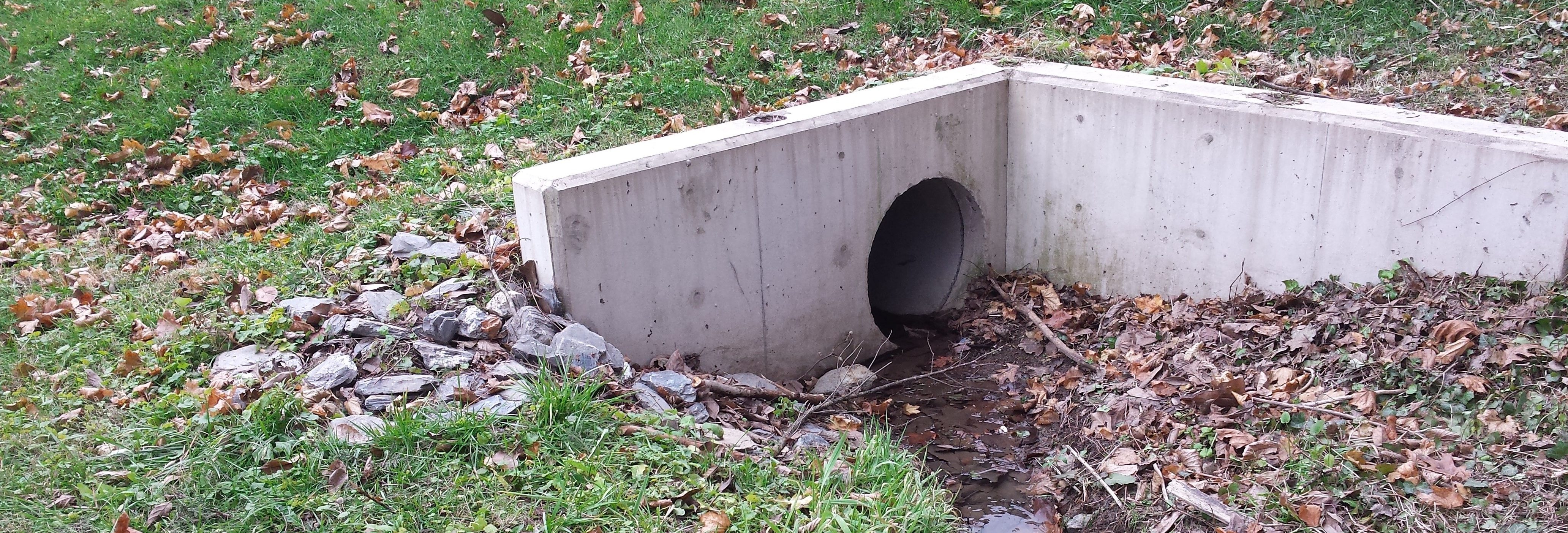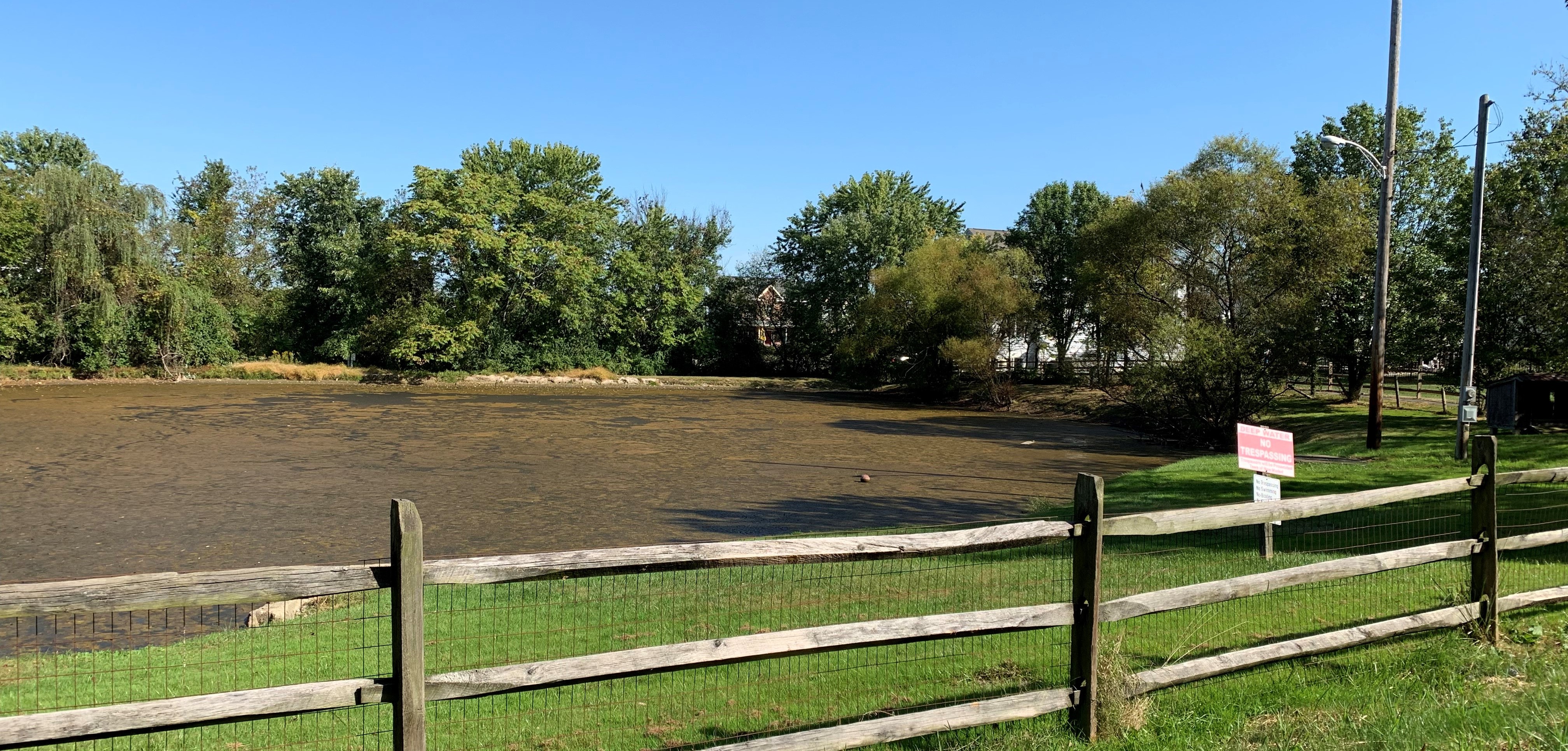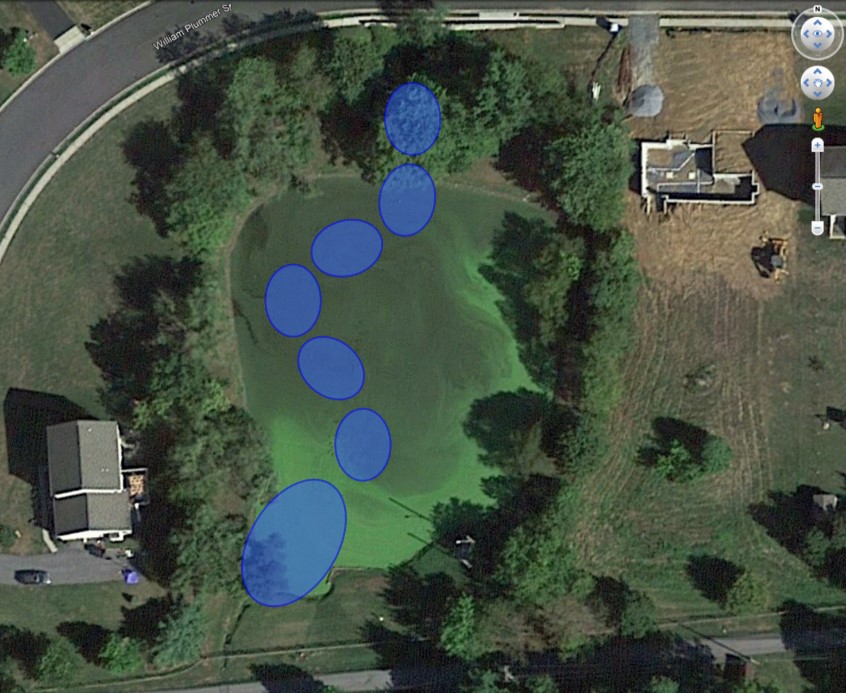The Town of New Market, Maryland was established more than 200 years ago. As a result, runoff from the historic district (almost half the area of the Town), which was developed before the adoption of stormwater management regulations, flows untreated into storm drains and streams. Over the past two years, the Center for Watershed Protection has assisted the Town with efforts to better manage runoff from these areas to reduce pollution while also addressing other community concerns.
The work began in 2017, when the Center conducted an assessment for the Town to evaluate opportunities to install stormwater retrofits that reduce stormwater pollution. This work was funded through a Technical Assistance grant from the National Fish and Wildlife Foundation (NFWF) and resulted in a Stormwater Retrofit Plan containing a prioritized list of 14 recommended stormwater retrofit projects. Of significance is the fact that the Town’s population is too small to be regulated under the NPDES MS4 permit program, so any efforts to improve water quality by installing stormwater retrofits in the Town are entirely voluntary. The Stormwater Retrofit Plan provides a strategy for better managing stormwater runoff in the Town to improve water quality as well as to address localized drainage issues and meet other community goals. This plan can help the Town to meet future obligations if they become permitted under the MS4 program. Implementation of the retrofits identified in the plan will help to protect drinking water quality in Lake Linganore and reduce pollutants entering Linganore Creek, Bush Creek, the Monocacy River and, ultimately, the Chesapeake Bay.
The top-ranked retrofit in the 2019 Stormwater Retrofit Plan is conversion of the Town’s fire pond to a Step Pool Storm Conveyance (SPSC) System. The fire pond was constructed more than 50 years ago for fire protection but is no longer needed or used for this purpose. The pond’s 25.8 acre drainage area includes residential and commercial areas in New Market’s historic district, as well as untreated runoff from Route 144/Old National Pike. The pond outlets into Walnut Run, a recreational trout stream that is a tributary to Lake Linganore, which provides drinking water for the City of Frederick.
Conversion of the fire pond to an SPSC system has benefits beyond just water quality improvement. It also eliminates the risk of downstream flooding from embankment failure, which is a concern due to the condition of the embankment and the planned improvements to the alleys draining directly into the pond. Other benefits of this project are that it addresses community concerns about summer algae blooms, standing water on adjacent properties, and mosquitoes, and opens up a large portion of the property for recreational use by the community. The SPSC system will also contribute to the improved health of Walnut Run by mitigating temperature impacts.
Left: fire pond covered with algae growth; Right: initial SPSC concept for fire pond
The Center has since developed a complete design for the fire pond retrofit and submitted permit applications. Construction of the SPSC project will be completed in 2020, with the Center providing oversight. The Center also assisted the Town to apply for and receive additional grant funds from NFWF and Maryland Department of Natural Resources, which will help pay for design, permitting and construction of this project. Next up, the Center will be designing another top-ranked retrofit from the 2019 plan at New Market Middle School, through grant funding from the Maryland Department of the Environment.
This project shows that even a small town can make a difference. The Center is glad to have supported the Town in its efforts to improve stormwater management. For more information, contact Karen Cappiella at kc@cwp.org.








